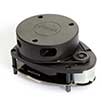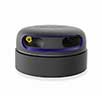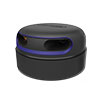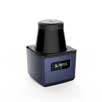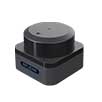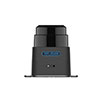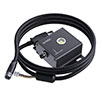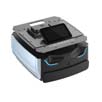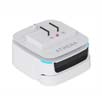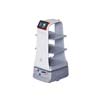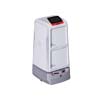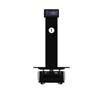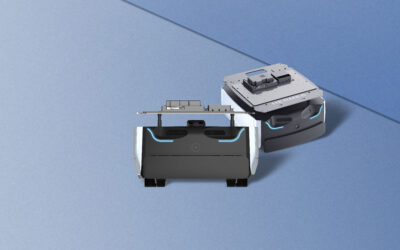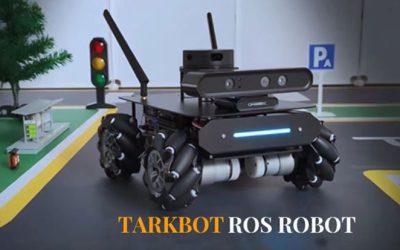The robot chassis is a crucial component of the robotic system, supporting fundamental functions such as mobility, navigation, and obstacle avoidance. Additionally, it provides a “platform” for extending robotic applications, further driving the development of the industry.
When addressing diverse and complex industry application scenarios, users undoubtedly have multifaceted expectations for robot chassis: high environmental adaptability, precise positioning, navigation, and obstacle avoidance capabilities, convenient development and integration, and safe product application, among others.
Since launching its first ZEUS robot chassis in 2015, Slamtec has been dedicated to solving the real-world challenges users encounter in practical applications. Today, Slamtec introduces the all-new “agile, all-scenario, general-purpose” robot chassis—Apollo 2.0. With innovative technology and a revolutionary navigation system, this chassis offers a highly usable solution for robot development and application, truly helping users reduce costs and increase efficiency.

